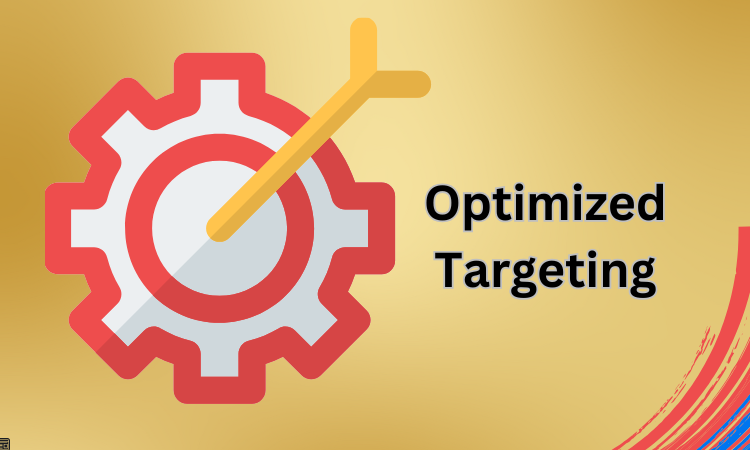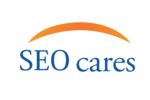Google Ads audience segments are key to effectively reaching the right audience for your campaigns.
These segments allow you to group users based on their interests, behavior, demographics, or past interactions with your brand.
Using audience segments allows you to tailor ads, enhance relevance, and boost campaign results.
If you want to re-engage past visitors or attract new customers, understanding audience segments is key to achieving better results with Google Ads.
Comprehensive List of Google Ads Audience Segments
Google Ads provides predefined and customizable audience segments to help businesses target the right users. Here’s a breakdown of the Google Ads Audience Segments list:
Audience Segments for Targeting
These segments help advertisers target users based on their interests, behaviors, or demographics.

Demographic Segments
Demographic segments in Google Ads allow you to target people based on specific traits, such as age, gender, parental status, and household income.
- Age: You can show ads to people in specific age groups, such as 18-24, 25-34, or 65 and older. This is helpful if your products or services are designed for a particular age range, like young adults or seniors.
- Gender: Target your ads to males, females, or all genders, depending on who is more likely to use your product. For example, skincare brands can focus on women or men as needed.
- Household Income: You can tailor ads based on income levels, such as top 10%, 20-50%, or lower 50%. Luxury brands may focus on higher-income groups, while budget-friendly products can target middle-income household
Affinity Audiences
Affinity Audiences in Google Ads help you reach people with specific long-term interests, hobbies, or lifestyles. These groups are created based on users’ browsing habits, preferences, and activities.
For example:
- Fitness Enthusiasts: This group includes people passionate about health, exercise, and fitness-related products. Businesses like gyms, sportswear brands, or supplement companies can target them.
- Movie Buffs: These are individuals who love watching films and staying updated on the latest releases. Streaming services or movie ticket platforms can benefit from targeting this audience.
- Travel Lovers: This segment is ideal for businesses offering travel services, vacation packages, or luggage products. It includes people interested in exploring new destinations.
- Fashionistas: People who follow fashion trends and shop for clothing and accessories belong to this group. Fashion brands can use this segment to promote their latest collections.
In-Market Audiences
Target users actively researching or considering purchasing specific products or services. Examples:
- Auto Buyers
- Business Services
- Education Services
- Real Estate

Life Events
Reach people during significant life milestones. Examples:
- Getting Married
- Moving to a New Home
- Graduating from College
Custom Audiences
Create personalized segments based on:
- Keywords or phrases your audience searches for.
- Types of websites your audience visits.
- Apps your audience uses.
Detailed Demographics
More specific demographic targeting. Examples:
- Education level
- Homeownership status
- Marital status
- Employment status
Remarketing and Retargeting Segments
Remarketing and retargeting segments in Google Ads let you connect with people who have already interacted with your website, app, or content.
These segments target users who may have visited your website but didn’t complete a purchase or desired action.
For example, if someone added a product to their cart but didn’t check out, you can show them ads to encourage them to return.
You can create these segments using data like website visits, app activity, or customer lists.
Remarketing helps remind users of your brand and offers, improving chances of conversions.
It’s a great way to keep your audience engaged and turn potential customers into loyal ones.
- Website Visitors: People who visit your website.
- App Users: People who downloaded or used your app.
- Customer Match: Upload customer data (e.g., email lists) for personalized targeting.
- YouTube Users: People who watched or interacted with your YouTube videos.

Similar Audiences
Similar Audiences in Google Ads help you reach new customers who share traits with your existing audience.
These are people who haven’t interacted with your business yet but have similar behaviors, interests, or demographics as your current customers.
For example, if you have a remarketing list of people who bought a product, Google Ads can analyze their profiles and create a new audience of similar people who are likely to be interested in your business.
This allows you to expand your reach while targeting users who have a higher chance of engaging with your ads.
Using Similar Audiences, you can grow your customer base without guessing who to target.
It’s an effective way to find more people who match the interests and habits of your loyal customers, helping you improve campaign performance and achieve better results.
Combined Audiences
Combined Audiences in Google Ads lets you create highly specific audience groups by combining different audience segments.
This tool allows you to target people who meet multiple conditions, giving you more precise control over who sees your ads.
For example, you can combine segments like “people interested in travel” and “frequent credit card users” to target individuals likely to book luxury vacations.
You can also exclude certain groups to avoid showing ads to people who may not be relevant to your business.
By layering audience segments together, you can reach a well-defined audience that fits your ideal customer profile.
This helps improve the relevance of your ads and increases the chances of conversions. Combined Audiences are especially useful for businesses with niche markets or specific goals, as they allow you to focus on the right people at the right time.

Optimized Targeting
Optimized Targeting in Google Ads helps you reach the right people by using Google’s machine learning technology.
It automatically finds new audiences beyond your selected segments who are likely to convert based on your campaign goals.
For example, if your goal is to increase sales, Optimized Targeting looks for users with behaviors and interests similar to those who have already interacted with your ads.
Even if they aren’t in your existing audience segments, this feature identifies them as potential customers.
This tool saves you time by reducing the need for manual targeting adjustments. It’s especially useful for growing your reach and finding new customers while still focusing on performance.
Optimized Targeting works well with other audience segments, ensuring your ads are shown to the most relevant users. This can help improve campaign results, drive more conversions, and maximize your return on investment.

Example Use Cases:
- E-commerce Business: Use “In-Market Audiences” for shopping and “Remarketing” for abandoned cart users.
- Travel Agency: Use “Affinity Audiences” for travel enthusiasts and “Life Events” for users planning honeymoons.
- Tech Brand: Target “In-Market Audiences” for gadgets and create a custom audience for users researching specific tech.
Conclusion:
Google Ads audience segments help you reach the right customers and improve ad performance.
By using options like Affinity, In-Market, and Remarketing, you can target specific audiences, boost relevance, and drive better results.
Regularly analyze and refine your strategies to maximize your campaign success.
Most Asked Questions:
What Are Google Ads Segments?
Google Ads segments are tools that allow advertisers to group their audience based on specific characteristics, behaviors, or actions.
These segments help in targeting ads more effectively, ensuring they reach the right people at the right time. Segments can be based on demographics, interests, browsing behavior, or past interactions with your website or ads.
What Are Various Audience Segments in Google Ads?
- Affinity Audiences: Long-term interests or lifestyles.
- Custom Affinity Audiences: Tailored interests or behaviors.
- In-Market Audiences: People ready to buy a product or service.
- Custom Intent Audiences: Defined by keywords or URLs related to user searches.
- Remarketing Audiences: Past visitors or app users.
- Similar Audiences: People similar to your existing customers.
- Demographic Audiences: Based on age, gender, income, etc.
- Combined Audiences: Layered audience segments for precision.
How to Choose a Target Audience for Google Ads?
- Define your campaign goals (e.g., brand awareness, conversions).
- Analyze your existing customer base to understand their traits and behaviors.
- Use audience insights from Google Analytics or previous campaigns.
- Select audience segments that align with your product, service, or marketing objective.
- Start with broad targeting and refine it based on campaign performance.
How to Find Audiences in Google Ads?
- Go to the “Audiences” tab in your Google Ads account.
- Use the Audience Manager to explore available audience segments.
- Review predefined options like Affinity, In-Market, and Demographic segments.
- Create custom segments using Custom Affinity, Custom Intent, or Customer Match.
- Use Google Ads insights to identify high-performing audiences.
- Experiment and monitor results to identify the best-performing audience segments for your campaigns.


